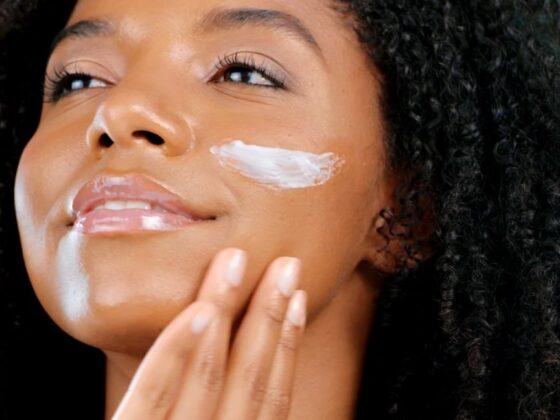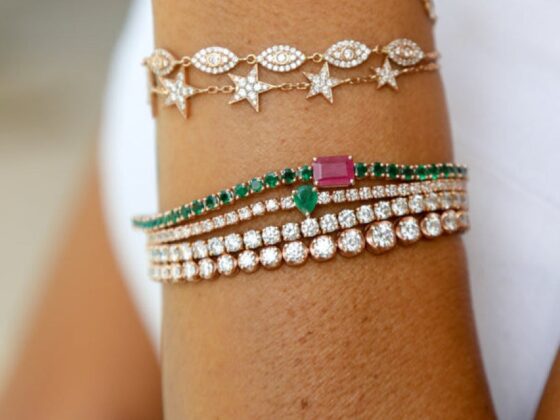The luxury market has always been built on trust, craftsmanship, and exclusivity. Yet in recent years, online marketplaces have been overwhelmed with counterfeit goods pretending to be designer originals.
From handbags and sneakers to watches and perfumes, fake versions of high-end products are now more sophisticated and harder to detect than ever before.
Luxury brands are responding with a coordinated global crackdown that combines technology, legal action, and closer partnerships with online retailers.
The Scale of the Counterfeit Problem
Luxury counterfeiting has become one of the most profitable illegal industries in the world. Online marketplaces, social media ads, and even influencer collaborations have given counterfeiters new ways to reach unsuspecting buyers.
Platforms that once prided themselves on accessibility and convenience now face pressure to strengthen their screening processes.
Luxury companies are no longer treating counterfeits as a minor annoyance. For brands like Louis Vuitton, Gucci, and Chanel, fake goods eat into profits, dilute brand value, and damage consumer trust.
Counterfeit items also often involve exploitative labor practices and unsafe materials, which carry ethical and legal consequences.
Many counterfeit listings even copy product descriptions word-for-word from real brand sites, making detection harder without a reliable paraphrasing tool that can highlight textual imitation patterns.
Common Counterfeit Hotspots
- Third-party sellers on large e-commerce platforms
- Social media marketplaces with limited verification
- Independent “boutique” sites using stolen brand photography
- Resale platforms with weak authentication policies
Many counterfeit sellers use the same photography and product descriptions as official retailers, making it nearly impossible for the average consumer to spot the difference.
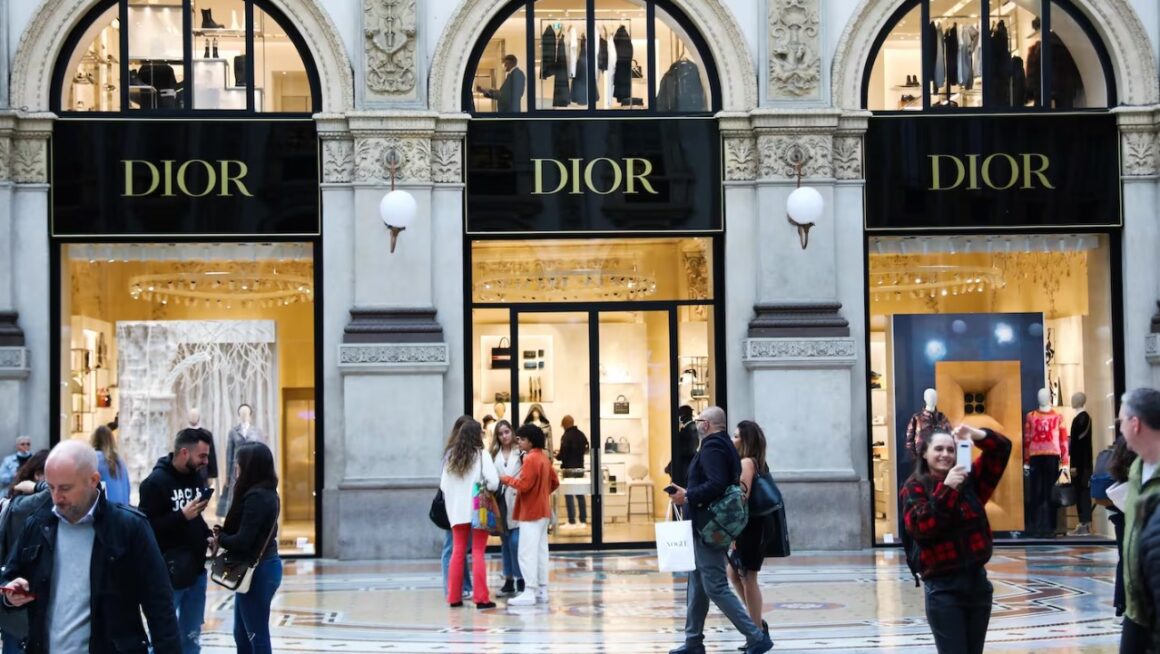
How Luxury Brands Are Fighting Back
Luxury houses are adopting new strategies that go beyond the traditional lawsuit. The focus has shifted toward proactive monitoring and digital authentication, as well as collaboration with governments and tech companies.
1. Advanced Tracking Technologies
Brands are increasingly turning to digital authentication tools, such as microchips and blockchain tracking.
Each product can now carry a unique identifier that traces its origin from factory to sale. This allows both brands and consumers to verify authenticity instantly.
|
Technology |
Function |
Example of Use |
| RFID microchips | Embedded tags that record production details | Prada handbags and limited-edition shoes |
| Blockchain systems | Secure, tamper-proof ownership records | LVMH’s Aura blockchain consortium |
| Digital watermarks | Invisible identifiers for product images | Used in online anti-piracy monitoring |
These systems create a digital fingerprint that counterfeiters cannot easily replicate.
2. Strengthened Partnerships with E-commerce Platforms
Luxury groups are working closely with major online retailers to improve product vetting. Amazon, Alibaba, and eBay have introduced stricter seller verification and AI-driven content moderation.
Some luxury brands have even withdrawn from open marketplaces altogether, opting for direct-to-consumer online stores where authenticity is guaranteed.
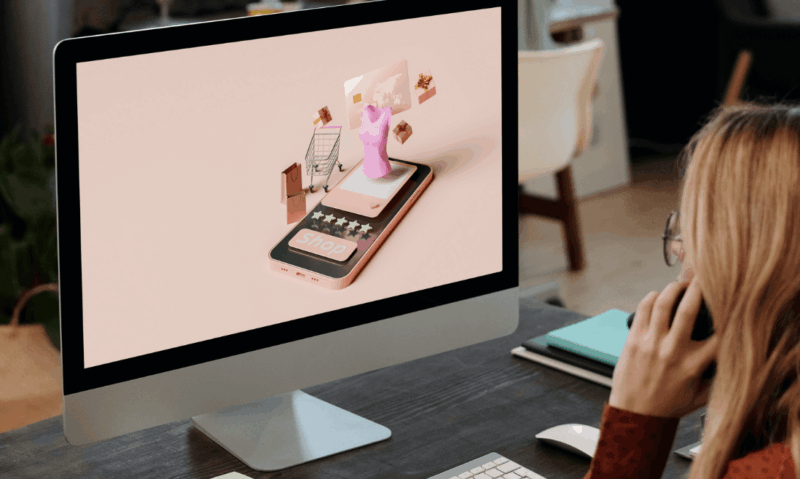
3. Legal and Policy Measures
Global enforcement has also stepped up. Luxury conglomerates like Kering and LVMH maintain dedicated legal teams that coordinate with customs agencies and local authorities. New memorandums of cooperation with tech platforms are helping take down counterfeit listings more quickly.
Several countries have updated their laws to include harsher penalties for selling fake goods online. Customs agencies now use AI scanning tools to flag suspicious shipments in real time, making it harder for counterfeit items to slip through international borders.
The Consumer’s Role in the Fight
Consumers have more influence than they might think. Buying from official channels, checking serial numbers, and using verification tools can significantly reduce the reach of counterfeit networks.
Some brands offer QR code scanning or mobile verification apps that immediately confirm authenticity.
Red Flags When Shopping Online
- Unrealistically low prices for luxury products
- Sellers using generic or stock photos instead of original product shots
- Missing authenticity cards, serial numbers, or original packaging
- Poor quality materials or inconsistent logos
Buying directly from a brand’s website or verified retail partner remains the safest option.
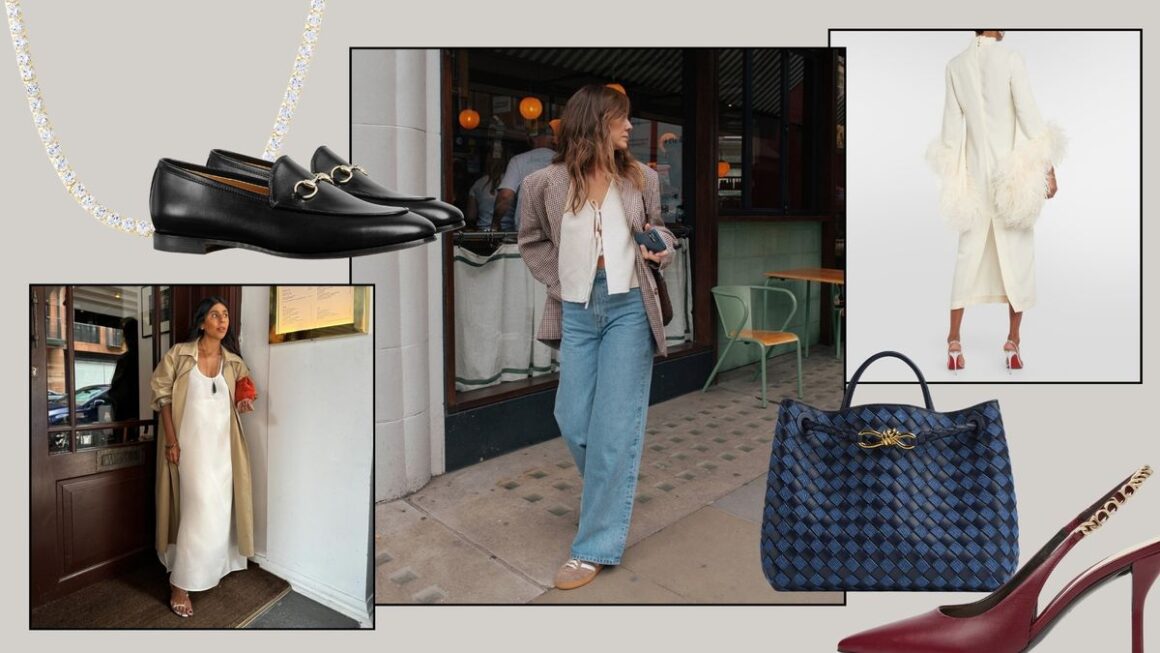
Closing Thoughts
The online counterfeit crisis forced the luxury industry to rethink how it protects its reputation. Today’s crackdown isn’t just about stopping fake bags or watches; it’s about restoring credibility in an era where anyone can sell anything.
As luxury brands tighten controls, consumers gain a clearer path to genuine craftsmanship and ethical shopping, which is exactly what the sector has always promised.

